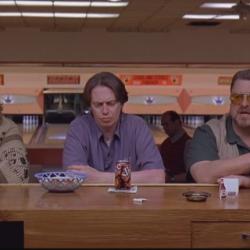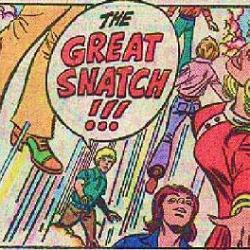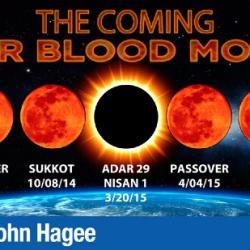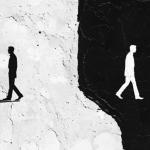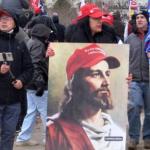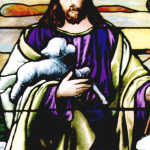Originally posted January 26, 2007.
Read this entire series, for free, via the convenient Left Behind Index. This post is also part of the ebook collection The Anti-Christ Handbook: Volume 1, available on Amazon for just $2.99. Volume 2 of The Anti-Christ Handbook, completing all the posts on the first Left Behind book, is also now available.
Left Behind, pp. 239-247
One more brief note on Nicolae Carpathia’s dazzling performance at the United Nations.
This was the young Antichrist’s coming out party and certain aspects of it seem familiar. He stands before the U.N. where “they were all together in one place,” people “from every nation under heaven.” And when he spoke, “each one heard him speaking in his own language.”
The quotations in that paragraph are not from Left Behind, but rather from St. Luke’s account of Pentecost in the second chapter of the book of Acts. So maybe that’s how we should read this, as a kind of anti-Pentecost.
But alas, these allusions seem merely accidental and incidental. And Pentecost, in any case, is the wrong event for such a parallel. Pentecost was the day in which the apostle Peter spoke to thousands of God-fearing people “from every nation under heaven” and each of them heard him as though he were speaking in their native language, a miracle enabled by his being filled with the Holy Spirit who appeared as “what seemed to be tongues of fire that separated and came to rest on each of them.” (A vivid image, but one that unfortunately inspired some rather silly looking ecclesiastical hats.)
If Nicolae were the Anti-Peter or the Anti-Spirit, then a scene paralleling Pentecost would make sense. As the Anti-Christ what we should be reading, instead, are scenes paralleling Jesus’ baptism and annointing by John, his calling of his disciples, and his miraculous healings, feedings and celebrations.
In particular, we ought to see Nicolae’s mirror opposite replay of the temptation of Christ (see Matthew 4), with the difference being that Carpathia would be unable to reject the devil’s offers of earthly power. At some point Nicolae should have been taken to “a very high mountain” and shown “all the kingdoms of the world and their splendor,” at which point he should have said, “Yes, please, give them to me.”
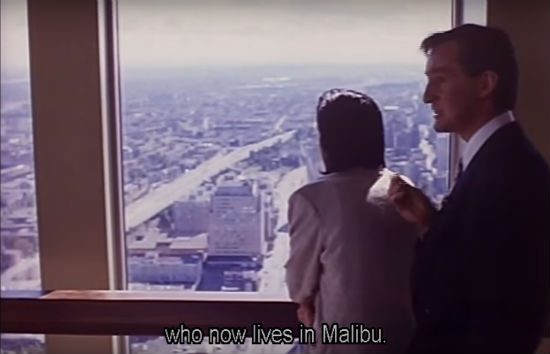
The Gospel accounts of the life and ministry of Christ offer a wealth of possibilities. Rather than having him spout endless trivia about the history and organizational structure of the United Nations, the authors could have had him offering an upside-down version of the Sermon on the Mount, complete with anti-Beatitudes.
Replaying the familiar Gospel scenes in an “anti-Gospel” of Nicolae Carpathia would have allowed our authors to explore the character and meaning of both Christ and Antichrist. Such an approach might have proved both entertaining and edifying, which is what Tim LaHaye and Jerry Jenkins say they intended these books to be.
The reason we don’t see such scenes, I’m afraid, is that our authors are not terribly interested in the character and meaning of either Christ or Antichrist. To L&J, both figures are simply plot devices. And the plot, as they see it, has very little to do with the kingdom of heaven described in the Sermon on the Mount or with the Christ who spoke those words.
Ultimately, for L&J, the only significant difference between Christ and Antichrist is this: Nicolae tries to slaughter all of his enemies and destroy the world, but he fails. Christ succeeds.
Jesus Christ.







